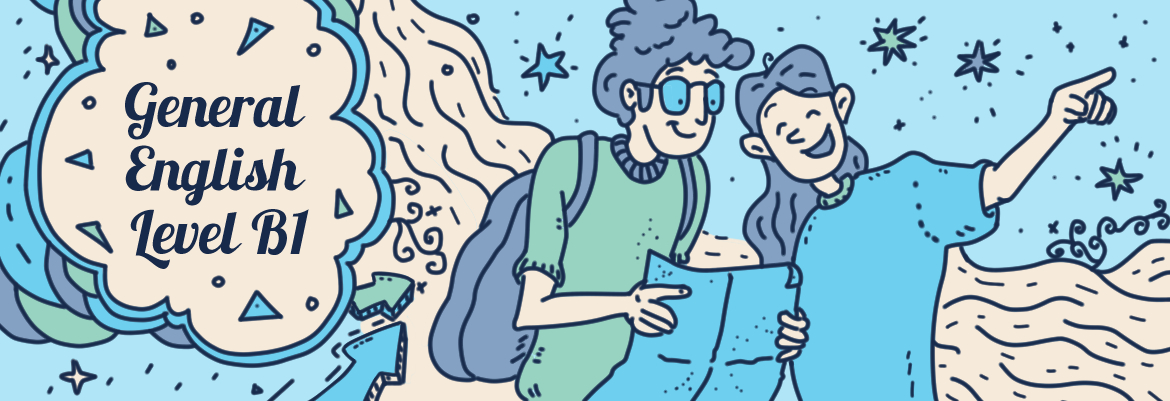Adjetivos en inglés: usos, orden, comparaciones y trucos ortográficos
Introducción
Los adjetivos son fundamentales cuando queremos describir cosas, personas, situaciones, lugares...
Nos ayudan a dar más detalle, a comparar, a opinar… y también a soñar un poco: imagina describir una playa, una ciudad del futuro o una persona especial.
Pero para usarlos bien en inglés, hay que tener claras tres cosas:
1. Cómo se colocan (delante o detrás del verbo)
2. En qué orden van si usamos varios
3. Cómo se comparan (más que…, el más…)
Vamos paso a paso.
¿Qué son y dónde van?
Los adjetivos describen sustantivos (personas, lugares, cosas).
Y en inglés tienen dos colocaciones típicas:
Delante del sustantivo
a clever man
a beautiful flower
an expensive restaurant
Detrás del verbo (solo en algunos casos)
Hay verbos que conectan al sujeto con una descripción: be, look, smell, sound, feel, taste, seem, become, stay…
Con estos, el adjetivo va después del verbo:
She is thin
It smells nice
They seem tired
Tu turno
Practice
Singular y plural
En inglés, los adjetivos no cambian entre singular y plural. Se quedan igual:
a cheap watch → cheap watches
a small car → small cars
Tipos de adjetivos: opinión y hecho
Hay adjetivos que expresan una opinión (lo que yo pienso) y otros que describen un hecho objetivo (edad, tamaño, color…).
Opinión
beautiful, boring, clever, terrible, nice, smart...
Hecho
small, old, red, German, wooden...
Cuando combinas varios adjetivos, los de opinión van primero:
A beautiful old French house
(opinión → edad → origen → sustantivo)
El orden correcto de los adjetivos
Este es el orden típico cuando usamos varios seguidos:
Opinión (nice, boring…)
Tamaño (big, small…)
Edad (old, young…)
Forma (round, square…)
Color (red, green…)
Origen (French, Chinese…)
Material (wooden, metal…)
Sustantivo (pot, coat, phone…)
Ejemplo completo:
a small old oval blue Chinese wooden pot
Pero ojo: en la vida real, usamos máximo 2 o 3. Si no, suena artificial.
Tu turno
Practice
Comparativos y superlativos en inglés
¿Qué quiero decir?
- Si quiero decir que algo es más grande que otra cosa → comparativo
- Si quiero decir que algo es el más grande de todos → superlativo
Adjetivos cortos (1 o 2 sílabas)
Se forma así:
Comparativo → adjetivo + –erSuperlativo → the + adjetivo + –est
Ejemplo con “small”:
small → smaller → the smallest
Otros ejemplos:
big → bigger → the biggest
fast → faster → the fastest
Adjetivos largos (3 o más sílabas)
Con estos, usamos “more” y “the most”:
interesting → more interesting → the most interesting
expensive → more expensive → the most expensive
Adjetivos mixtos (de 2 sílabas “dudosos”)
Algunos pueden usar ambas formas:
friendly → friendlier / more friendly
the friendliest / the most friendly
Tu turno
Practice
Reglas ortográficas
Vamos a ver las más importantes:
1. Si termina en –e, solo añado –r / –st
nice → nicer → the nicest
2. Si termina en –y y antes hay consonante → cambia a –i
busy → busier → the busiest
3. Si termina en CVC (consonante + vocal + consonante) → doblo la última
big → bigger → the biggest
Irregulares
Y claro, hay adjetivos que van por libre:
| Base | Comparativo | Superlativo |
|---|---|---|
| good | better | the best |
| bad | worse | the worst |
| far | further | the furthest |
| much | more | the most |
| little | less | the least |
Conclusión
Recuerda:
Los adjetivos describen y no cambian en plural
Se colocan delante del sustantivo o después del verbo “to be”
Si usas varios, sigue el orden: opinión → tamaño → edad...
Para comparar: –er / –est o more / most
Cuidado con las reglas ortográficas
Y memoriza bien los irregulares


Comments are closed.